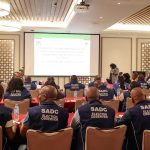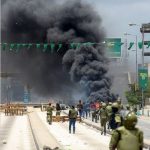
The displacement of the Maasai in Ngorongoro is primarily attributed to the desire to protect wildlife and ecology from the very people who have been its natural environmental conservators for centuries. Despite being praised by world-renowned ecologists for their contribution to preserving wildlife, the Maasai community is being forced out of a land built on solemn pledges and promises that no one would be evicted in the future. The eviction began to escalate under the sixth regime, with President Samia Hassan leading the charge and the state apparatus executing the plan. The government, conservation departments, parliamentarians and media used xenophobic narratives as a means of justifying the eviction of the Maasai from Ngorongoro.
President’s Statement on Ngorongoro
6th April 2021 became the darkest day when the president made a statement on Ngorongoro that said::
It is important to acknowledge from the outset that the president’s intention was to relocate people from Ngorongoro. The president reiterated the same statement on three separate occasions. On October 17th, 2021, while in Arusha, President Samia Suluhu Hassan made the following remarks regarding Ngorongoro:
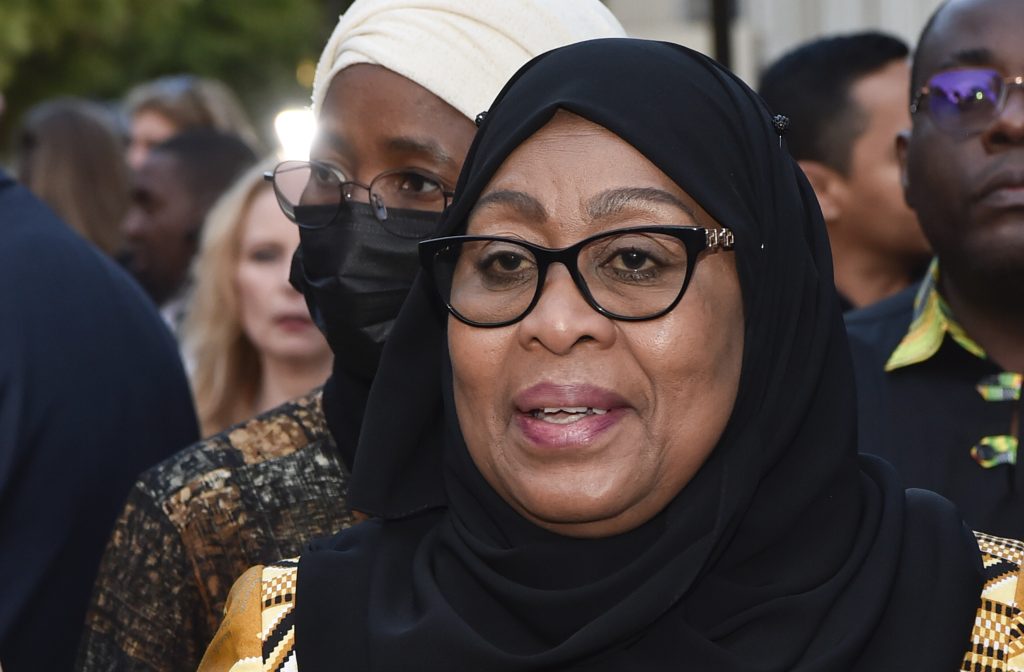
“Ngorongoro is vanishing. We agreed that Ngorongoro is a unique place where people and wildlife live together. But it appears now that the number of people surpasses that of animals. When we entered that agreement (an agreement that allowed the coexistence of people and animals in the area) the number was 9,000 people only but now the number is between 90,000 and 100,000 people and the authority and the ministry are just watching. We agreed that people and animals coexist but not to that extent…if we really want to maintain the status of Ngorongoro, we must be serious. I do not know whether you will do this by relocating people or otherwise but at least the number of people should not exceed 100,000.”
“Ngorongoro is important. When we speak of Arusha and tourism, Ngorongoro is very important. We cannot go with people’s interest and let Ngorongoro vanish, that is impossible. Ngorongoro must be there and people will continue to live. But can life only be inside Ngorongoro? No, even outside there are places we can provide for people to live”.
After the president’s statement, the Regional Commissioner for Arusha, the District Commissioner for Ngorongoro, the Ministry for Tourism and Natural Resources, the Prime Minister, the Ngorongoro Conservation Area Authority, members of parliament, and the media engaged in propaganda and spin against the residents of Ngorongoro, particularly the Maasai.
The way the matter was handled in the parliament and by the media, it was no longer about conservation. It turned out to be a mockery of the Maasai people and their culture. Even in the Royal Tour documentary where President Samia Suluhu acted as a tour guide, Peter Greenberg, the host of the documentary while their airplane was passing over Maasai settlements in Ngorongoro, characterized the Maasai as a primitive tribe which is still attached to ancient traditions. The Tanzanian media was not fair either, they went to the extent of describing the Maasai as “a community that does not bury each other but instead throw their dying loved ones to scavengers.” They also described the Maasai people as poor, uneducated and backward.
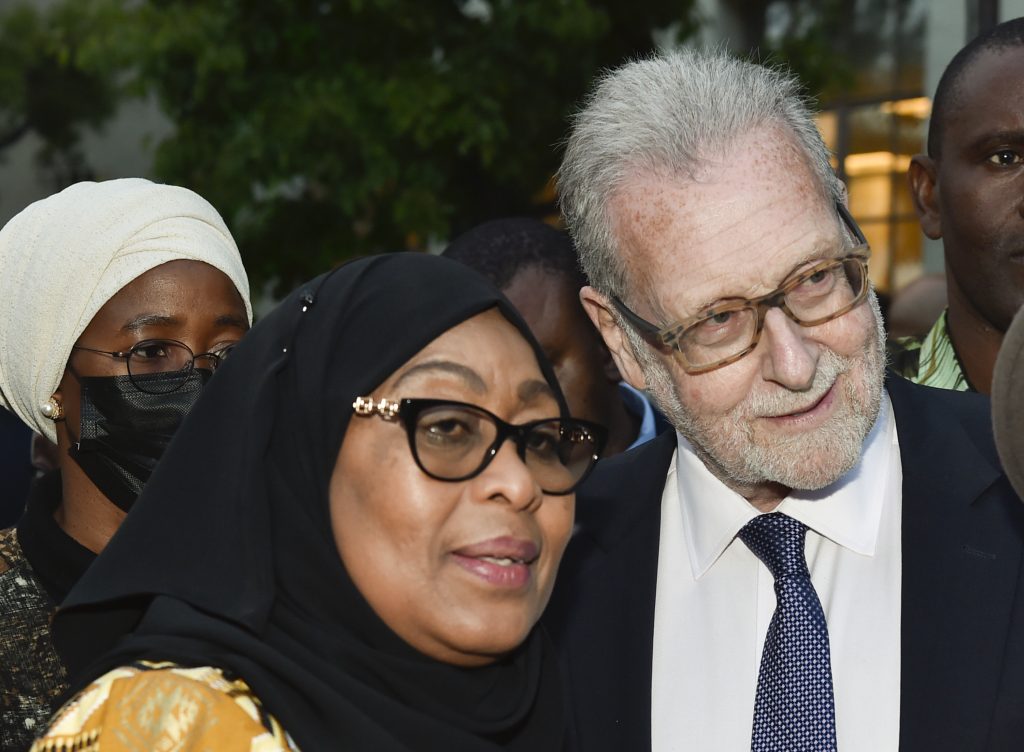
These colonial narratives of fortress conservation reduced the community which for years, was determined to eliminate poverty through pastoralism to paupers and miserable wanderers in their country.
Execution of the President’s Directives
In order to carry out the president’s directives announced on April 12th, 2021, just six days after the president’s speech, NCAA issued a notice mandating the demolition of facilities constructed without the authority’s permission. The President’s statement which was issued in the form of directives, was unfortunate, especially given that she had only assumed office as president for 19 days. Subsequently, signs of enforcement for the president’s orders followed shortly after.
The list of structures to be demolished included homes and public offices such as nine government primary schools, six dispensaries, four places of worship (Anglican Church, Lutheran Church, Endulen Mosque, and Catholic Church), nine village offices, and the Endulen Police Station. However, due to public outcry, the demolition notice was later withdrawn on April 20th, 2021.
Paralyzing of all Social Services
The government, through the NCAA, imposed development restrictions on the Maasai people of Ngorongoro. Prior to President Samia’s tenure, the government had allocated funds for the construction of various government projects. However, despite having the necessary funds, the NCAA denied building permits. In March 2022, the government ordered the transfer of funds that had been previously allocated to Ngorongoro for various projects, such as building classrooms, dormitories, health facilities, and water projects, to Handeni District. In addition to, denying access to essential social services.
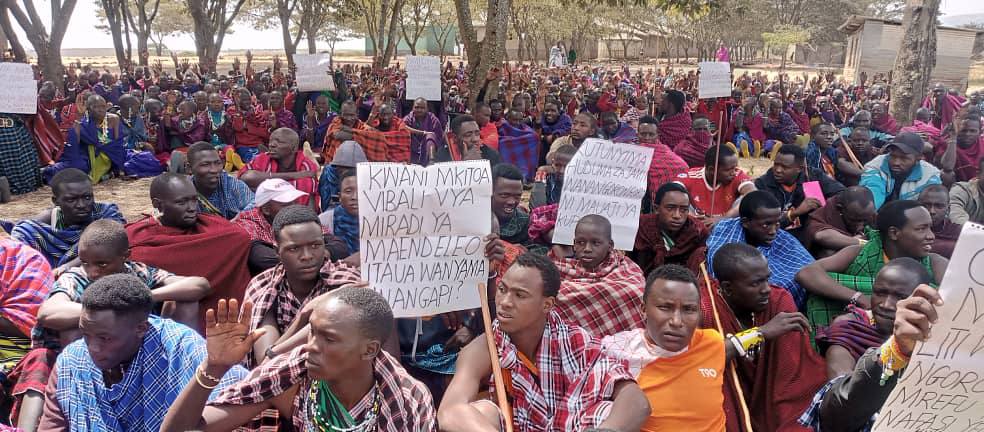
Targeting Health Services
In early 2022, the government ceased the services of Flying Medical Services, which had been providing medical assistance and vaccinations in remote areas including Ngorongoro. This decision had a significant impact on people with HIV, TB, women, children, and others in need of urgent medical attention.
There was also an attempt to downgrade the Endulen Hospital, the only healthcare facility in Ngorongoro, to a simple clinic. The government has also withdrawn its budget for the hospital.
As of recently, the hospital lacks an anesthesiologist and people have to travel to Karatu for surgery. In case of emergencies at night, access through the gate is prohibited, creating challenges for accessing medical help. The government spokesperson confirmed on May 28th, 2022 that the reason for targeting essential services was to create pain for the people to vacate Ngorongoro:
“…We have been advised by our stakeholders that these services are the ones keeping their presence within the conservation Area…”
Maasai Employees in NCAA Under Threat
Maasai residents employed by NCAA are also not exempted from facing challenges unless they agree to vacate their residence at NCA. On one occasion, the Prime Minister set the tone when he warned Maasai employees in NCAA that if they built houses without permission, they would have to demolish them without compensation. The NCAA followed up by asking Maasai employees to disclose their properties, including cattle and houses, through a questionnaire.
NCAA has been issuing notices targeting Maasai employees, asking them to choose between relocating out of Ngorongoro or losing their employment. Maasai employees in NCAA are being persuaded to leave their NCA as their homes to keep their jobs, adding to the economic sanctions already imposed on the Maasai.
Poisoning Livestock
In 2016, the Prime Minister banned Maasai livestock from accessing three craters for salt licks and water, promising to provide alternative sources for nearby villages. However, suspicions arose when many livestock began dying unnaturally with heavy metals found in their stomachs.
In January 2022, lab tests confirmed that the government-provided salt licks were contaminated and unsafe for livestock consumption, resulting in the deaths of thousands of animals in Ngorongoro. Despite this, the government has taken no action to address the issue. Meanwhile, the NCAA has cut off water supplies to local villages while continuing to supply hotels, lodges, and campsites surrounding the crater.
Msomera: The Destination of the Ngorongoro Exodus
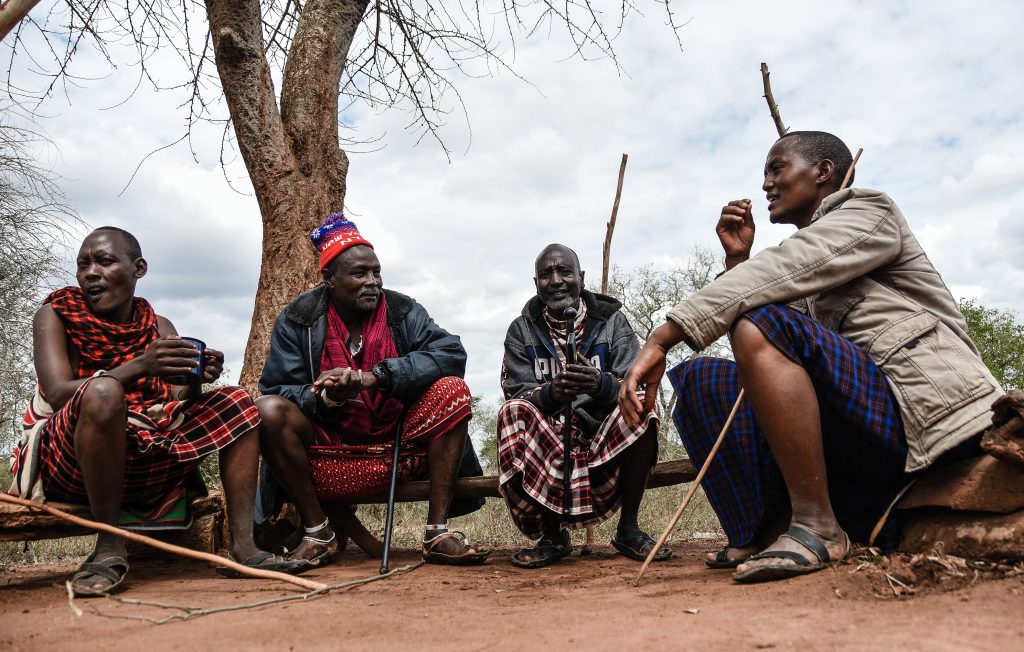
Msomera is a small village in Misima Ward, Sindeni division, Handeni District within Tanga region. The village has been registered since 1992 and issued registration No.TA/KIJ/576. The village succeeded from Mbagwi village which had been registered during Ujamaa villagization. The village has over 6500 occupants, mostly Maasai and Zigua, and the mode of land tenure is a customary right of occupancy.
For many years, the government has been allocating resources for the village, including a health facility, school, village office, water project, and other social services.
The village is occupied by lawful occupants, and the inhabitants have been using the land peacefully for many years without interference, even before independence. In 2016, Msomera village acquired a Land Use Plan, making it a land occupied by people.
Invasion of the Village and Beginning of the Problem
In February 2022, the peaceful village of Msomera began to feel the tremors of impending doom as convoys of armed security forces started to patrol the area. Within days, the village was swarmed by security officers who began to mark off land belonging to the community, leaving no stone unturned. They erected beacons, constructed schools, health facilities, water projects, and homes, all in preparation for the Ngorongoro exodus.
The problem was that these projects were built on land that rightfully belonged to the villagers, including their pastoral and farming lands, as well as their sacred graveyards. The villagers were left without homes, land to farm, or pasture land to feed their livestock. The government had made these decisions without consulting the people, and anyone who dared to speak up was arrested and taken into police custody. The promised land is therefore not a free but a battleground for the days ahead.
The threat of eviction of Maasai in Ngorongoro is not new
The attempt of evicting Maasai from Ngorongoro is not a new one. In the 1980s, the government of Tanzania, the NCAA and the state party asked UNESCO to commission and fund a scientific study that would be evident to justify Maasai eviction. In that research, Homewood and Rogers came up with the following finding:
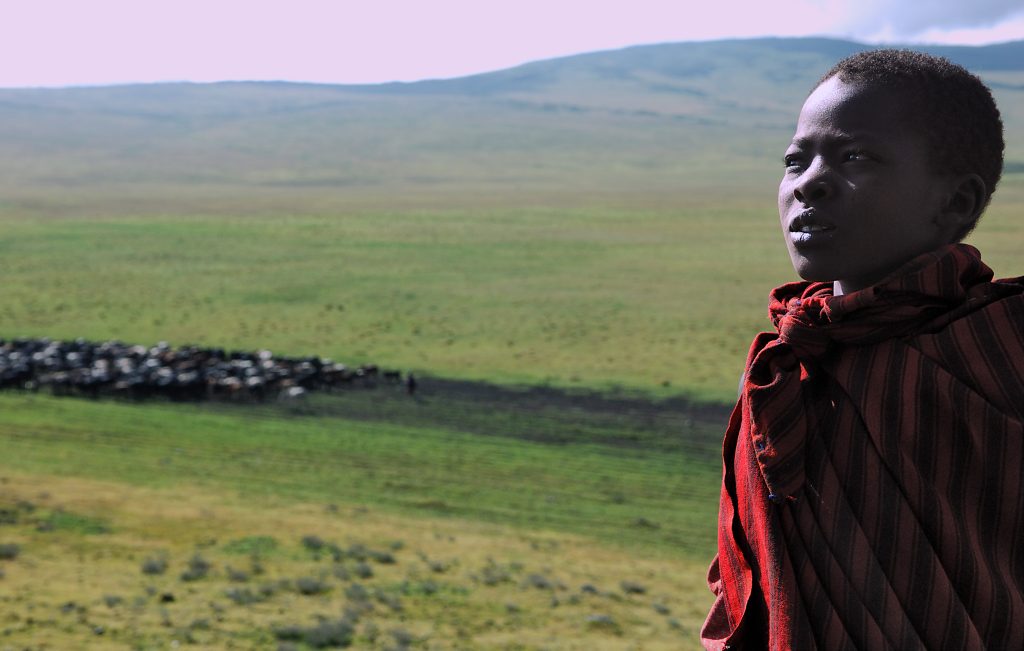
“We argue that the conservation values of NCA are inseparable from the pastoralist’s presence…man and nature coexist in harmony. Secondly, we argue from a comprehensive review of the biology of Ngorongoro that there is no negative of Maasai land use on wildlife value…”
Homewood and Rodger recommended further that:
“The issues of Ngorongoro are complex. Policy decisions can only be made with an understanding of law, sociology, politics, economics, environmental sciences, conservation biology as well as a sense of aesthetics, compassion and common sense.”
While the Maasai of NCA are being wiped out for the purpose of elite tourism and the development of luxurious five-star hotels, campsites and lodges, most of them are on crater reams, animal corridors and Ndutu. In Loliondo division the community has been confronted with the barrel of guns to allow the UAE Royals to massacre wild animals escaping into the Serengeti National Park and NCA without interference from the locals. To smokescreen the reasons for displacement, the government would always rely on the protection of Ngorongoro-Serengeti from the very people who maintained the beauty of these areas for centuries. The unexposed reality is that all the spinning and racism narratives are backed by lust and greed for dollars from foreign investors. It is unimaginable for men and women who are paid by taxpayers’ money to dwell in an abysmal act of singling out a community for their own personal benefits.
Denis Oleshangay is a lawyer and activist who resides in Ngorongoro.
This article reflects the author’s personal opinion and views and does not reflect the opinions of Mwanzo TV, its parent and affiliate companies. The author’s information is based upon information they consider accurate but neither Mwanzo TV nor its affiliates warrant its complete accuracy

